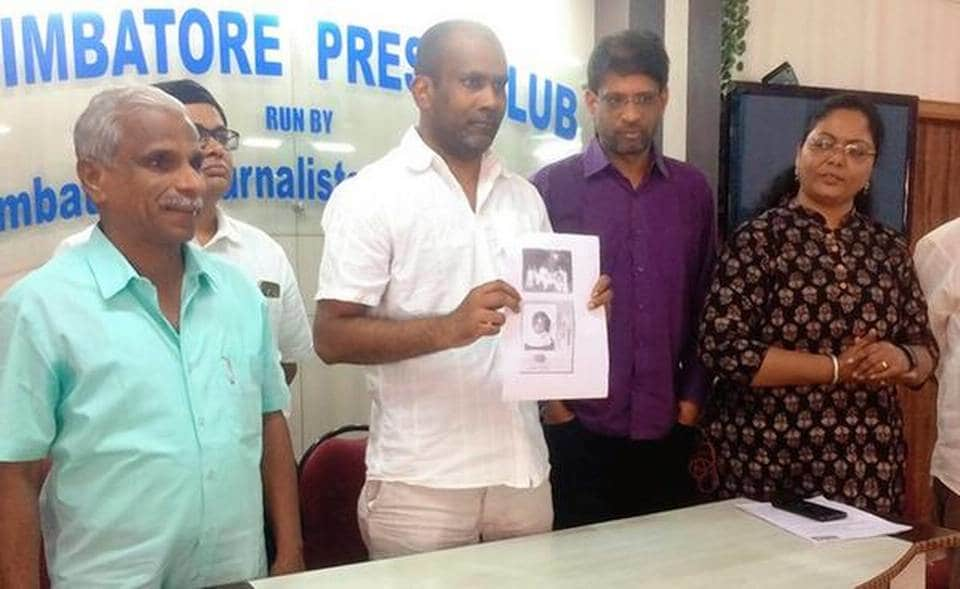Having spent the past 20 years of his life in the US, Kunal Sood, the Founder of X Fellows and Partner at X Impact Group, uses technology to drive change. A TED Resident and Ambassador to Singularity University NYC, the 41-year-old empowers entrepreneurs and innovators to turn their dreams into reality.
Kunal’s expertise ranges from psychology degrees to being a global health scientist to, of course, entrepreneurship. All this culminates in two important bodies: X Fellows and Novus Summit.
X Fellows, a privately-held community of entrepreneurs, is considered the inner-circle of innovators with companies.
Excerpts from an email interview:
Working with world leaders
My work with world leaders is primarily about building extraordinary citizens. The men and women shaping the future of our planet can find common ground around solving our global challenges.

People sometimes ask me ‘what do the Prime Minister of India, Narendra Modi and the President of Estonia, Kersti Kaljulaid have in common?’ I’ve been fortunate to play an important role in helping them unite around solving our world’s most urgent problems. Leaders that live their values in action help drive real-world results.
___________________________________
Hear it from the leaders
- As the founder and chairman of Novus Summit launched at the United Nations General Assembly Hall in 2016, Kunal has put the world’s most accomplished and exponential leaders together.
- Such figures include Peter Diamandis, Anousheh Ansari and Astro Teller on stage, alongside tech titans like Sunil Mittal, Reid Hoffman and Marc Benioff.
- Expect stories of transformation with a global audience of delegates representing 193 countries, consisting of Heads of State, UN Ambassadors and Youth Leaders.
- While 2019’s summit on July 20 – to celebrate man’s landing on the moon – is invite-only, Kunal shares there will be a line-up of astronauts, influencers, artists, policy-makers and storytellers present.
______________________________________
My hope is to make X Fellows and Novus Summit the pre-eminent gatherings at the UNGA, for exponential leaders to unite in action and work to achieve the 17 UN Global Goals.
The Indian influence
Growing up in Chennai was my toughest lesson in life early on, and given where I am today, the biggest blessing. My life, when I was around eight years old, shifted drastically, and I suffered both physically and mentally. While others excelled academically, I was left behind — often lost and without an understanding of why I was not able to keep pace.
My experience taught me how to relate to people with compassion and extraordinary resilience. India continually influences me because my late mentor Dr T J Cherian was a renowned cardiologist and served as a father figure in my life.
The birth of X Fellows
The idea of X Fellows was born out of the extraordinary courage of people like Dr Cherian. The programme was also born out of the need I see in the world to create a new league of extraordinary citizens. It is focused on the vision that we are all gifted, even when seemingly cursed.
Given the fast and accelerated pace at which exponential technology is outpacing our lives, I have learnt that the right community with sparking the right kinds of stories can bring about real impact. Together, they drive a sense of urgent action and offer a genuine opportunity to learn, connect and create something that is larger than us and truly extraordinary at its core.
We have entities such as Astro Teller of Google X, Anousheh Ansari of X Prize and Craig Hatkoff, founder of Tribeca Film Festival and Disruptors to name a few involved with X Fellows.
Tech talk
X Fellows is unique in technology because we believe in the power of mass customisation. Exponential technologies, be it Artificial Intelligence, 3D printing, or life-saving drones, can help us design individual solutions at an unparalleled scale. For example, a child who needed a prosthetic limb 20 years ago would face a lifetime of extremely expensive, poor-fitting choices. Today, tailor-made solutions are available at a fraction of the cost.

Sustainable solutions that are customised to the individual experience is where humanity is heading. By 2020, IDC analysts expect 3D printing global revenues to exceed $35 billion. It is human nature to want to create something that improves your life.
Human beings by nature are drawn to stories. Novus gives the youth a voice, as much as we give our elders a platform to share practical wisdom.
(As told to Akila Kannadasan)
source: http://www.thehindu.com / The Hindu / Home> Sci-Tech> Internet / by Akila Kannadasan / February 04th, 2019













